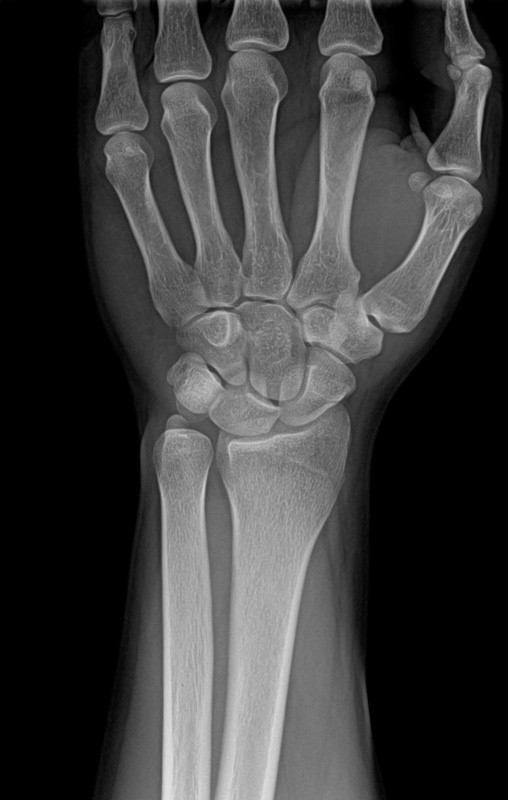Wrist Pain
Carpal Tunnel Syndrome (CTS) is one of the most common and potentially disabling injuries experienced in today's office settings where computer work is extensive. Your knowledge of symptoms, and potential causes, can help you avoid injuries, or aid in the recovery from this and other common Repetitive Strain Injuries (RSI’s).
The median nerve travels from the forearm into your hand through a “tunnel” on the underside of your wrist. Wrist bones form the bottom and sides of this tunnel, and a strong band of connective tissue called a ligament covers the top of the tunnel. This tunnel also contains nine tendons that connect muscles to bones and bend your fingers and thumb. These tendons are covered with a lubricating membrane called synovium, which may enlarge and swell under certain conditions. If the swelling is sufficient, it may cause the median nerve to be pressed up against the strong ligament which may result in numbness, tingling in your hand, clumsiness, or pain in the palm and base of the thumb.
Causes/Risk For Computer Users
- Resting your wrist on the work surface or wrist rest when using the keyboard or mouse. Studies show that pressure applied to the underside of the carpal tunnel is transferred to the tunnel itself. Pressure within the tunnel doubles with a wrist rest compared with floating the hands over a keyboard
- Using the keyboard or mouse with wrist bent backwards, rather than being straight. Typing with the wrist bent backwards by about 80 degrees from the arm can increase your risk of developing CTS significantly
- More than two hours of computer use per day or binge computer use. (Deadlines, reports, projects)
- Lack of frequent, regular rest breaks
- Poor posture
- Incorrect keyboard and/or mouse height positioning
- Stretching and twisting to reach keys or mouse while your wrists are anchored on a wrist rest/desktop
Warning Signs
- The first symptom is generally numbness and tingling (pins and needles) in the palm, the thumb, index, middle, and half of the ring finger
- Pain and aching in the same area of the hand as the numbness and tingling may also occur, with some radiation up into the forearm
- Awakening with a tingling sensation and the need to “shake out” the hands to recover normal sensation
- Hands falling asleep
- Cold hands
- Difficulty performing tasks such as holding a cup, turning pages in a book, turning a door knob
Most RSI’s are preventable or curable if caught and addressed early. The key is to notice trouble when it starts, and do something about it. In general, the more intense and frequent the symptoms, and the longer they last, the more serious your injury is likely to be.
If you think you are starting to develop CTS, see your physiotherapist for positioning advice, strengthening and posture exercises, and treatments.
